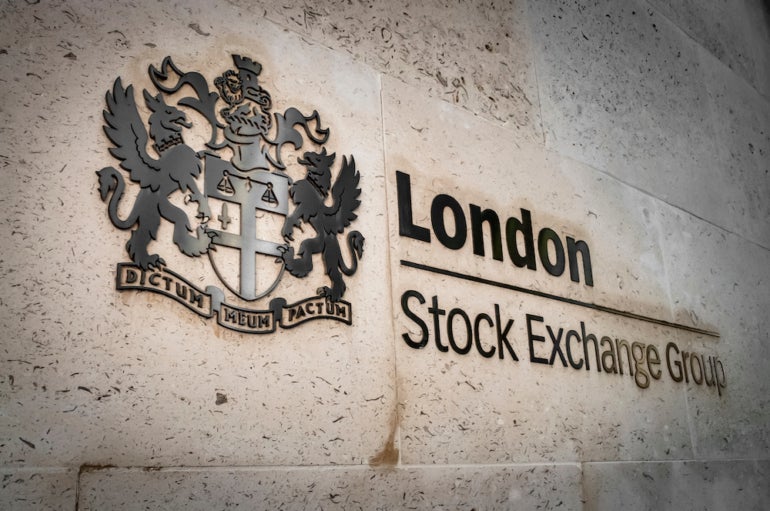
London Stock Exchange Group is the newest organization to enter a long-term agreement with Microsoft for use of their cloud services. The 10-year partnership will involve architecting LSEG’s data infrastructure using Microsoft Cloud and jointly developing new products and services for data and analytics.
A robust deal for Microsoft and LSEG
It’s a good deal for both companies, as Microsoft gains a large group of new customers and LSEG receives proven technological backing. As well as owning the London Stock Exchange, LSEG also trades as a public company providing financial information.
This infrastructure plan will underpin a variety of product development programs, with the ultimate goal, LSEG said, of aligning costs more directly to revenue streams, reducing operational complexity through the consolidation of multiple legacy technologies, and strengthening resilience and security.
SEE: Hiring Kit: Cloud Engineer (TechRepublic Premium)
Put simply, LSEG will migrate its data platform and other key technology infrastructure into the Microsoft Azure cloud environment. Both companies will also use this as a testing ground for how well digital market infrastructure on cloud-based architectures will work for the financial service industry.
“Advances in the cloud and AI will fundamentally transform how financial institutions research, interact and transact across asset classes, and adapt to changing market conditions,” said Satya Nadella, chairman and CEO of Microsoft.
LSEG agreed with Nadella’s assessment.
“Bringing together our leading data sets, analytics and global customer base with Microsoft’s comprehensive and trusted cloud services and global reach creates attractive revenue growth opportunities for both companies,” said David Schwimmer, CEO of LSEG.
The Microsoft agreement follows on LSEG’s $27 billion integration of Refinitiv, which it did in order to enhance delivery of LSEG’s cloud-based data platform. Adding Microsoft into the mix helps speed up LSEG’s cloud delivery plans, Microsoft said.
Merging Microsoft and LSEG technologies
Workspace
Specifically, LSEG will add Microsoft services to its Workspace, a data and analytics workflow product. Customers who use Workspace will see interoperability with some Microsoft applications: For example, they can connect Teams and Microsoft 365 tools. Workspace’s content can now be delivered to Excel as well.
This is part of an ongoing effort to transform Workspace and migrate customers off legacy systems. So far, LSEG is about 50% of the way through that process, with all products either live or in beta testing by the end of 2022.
Azure services
LSEG will use Azure Purview and Azure Synapse as the backbone of its cloud-based data architecture, consolidating various LSEG datasets. For customers, LSEG anticipates faster response times and better resilience and adaptability.
Data scientists and engineers will now be able to access LSEG’s data and analytics services in one place as well on LSEG’s infrastructure. They can also use LSEG’s open financial data ecosystem with their own data integrated to build custom solutions.
LSEG utilizing Azure Machine Learning
Microsoft will also lend Azure Machine Learning to LSEG, enhancing the latter’s advanced analytics and modeling capabilities in a new suite of analytics solutions. Ideally, these will reduce the number of servers, hardware and employee resources needed for running analytics at scale.
Development in the machine learning department will focus on model construction, validation, diagnostics and deployment. LSEG wants to offer customers a faster way to make financial analytics models. Workspace and certain developer-friendly APIs will host these new analytics and modeling services, which will be built on the LSEG data platform with Microsoft 365 connectivity.
VP and shareholder arrangements
On the business side, Microsoft is expected to purchase a 4% equity stake in LSEG. If all goes as planned, Scott Guthrie, executive vice president of the Microsoft Cloud + AI Group, will be appointed a non-executive director of LSEG as the process continues.
“We are delighted to welcome Microsoft as a shareholder,” Schwimmer said. “We believe our partnership with Microsoft will transform the way our customers discover, analyze and trade securities around the world.”
A joint governance structure will be put in place in order to ensure a smooth process of commercial delivery for the new, joint products. It will also be responsible for the operational service delivery of the cloud infrastructure.
Co-invested finances
The companies will co-invest in the product development roadmap for the data platform, Workspace and analytics initiatives. LSEG expects the first two years of the project to cost £250-300 million ($300-$360 million) in terms of total incremental cash.
Microsoft and LSEG agreed on a $2.8 billion minimum cloud-related spend to go to Microsoft, which the tech giant noted is now a standard for similar cloud deals. LSEG stocks rose slightly after the announcement on Monday morning.
Microsoft Azure launches ‘space race’ cloud
Azure has also been in the news recently because of the September announcement of Azure Space. Satellites, the International Space Station, and data centers and ground facilities in the space industry fall under its umbrella.
Microsoft is pitting itself against Amazon’s space services. Partnerships in this area so far have included the use of Azure’s ExpressRoute service using satellite links to connect Azure data centers to remote locations.
Microsoft was also one of the four names that recently picked up a $9 billion cloud computing deal with the Pentagon. Amazon, Google and Oracle were the other three, and the Pentagon says the deal provides it with “enterprise-wide globally available cloud services across all security domains and classification levels, from the strategic level to the tactical edge.”
Machine learning and multicloud infrastructure both made our list of cloud trends this year.







